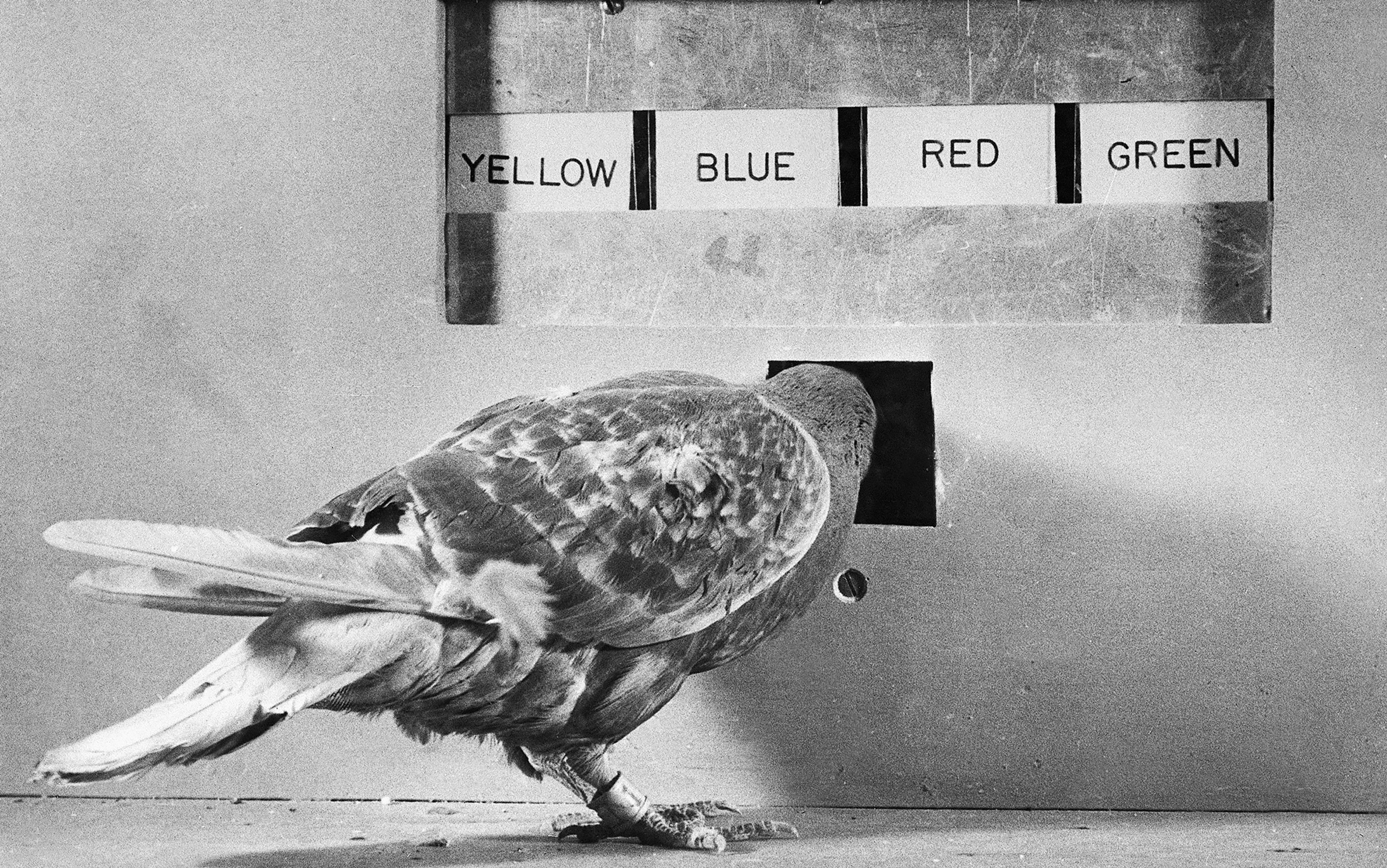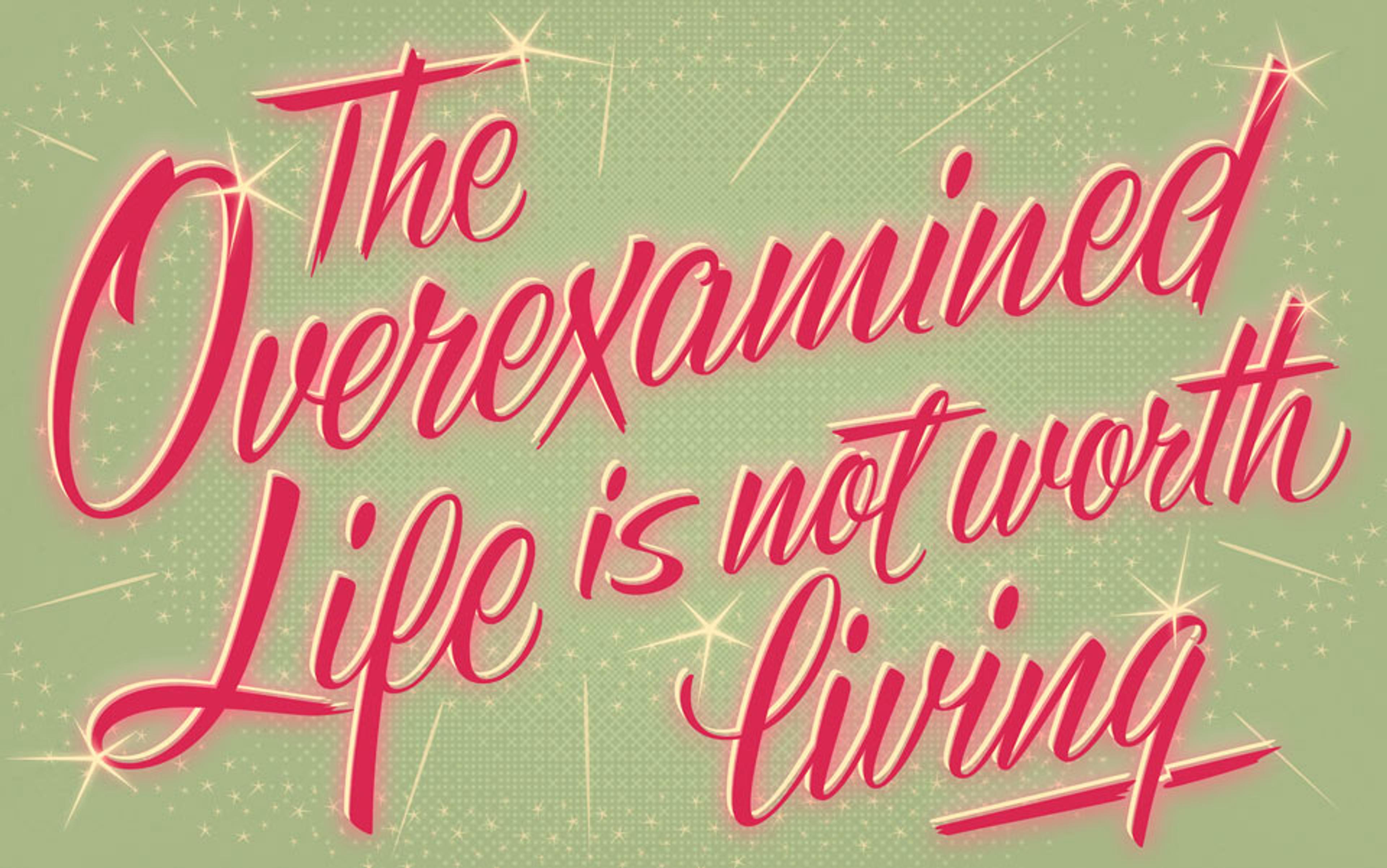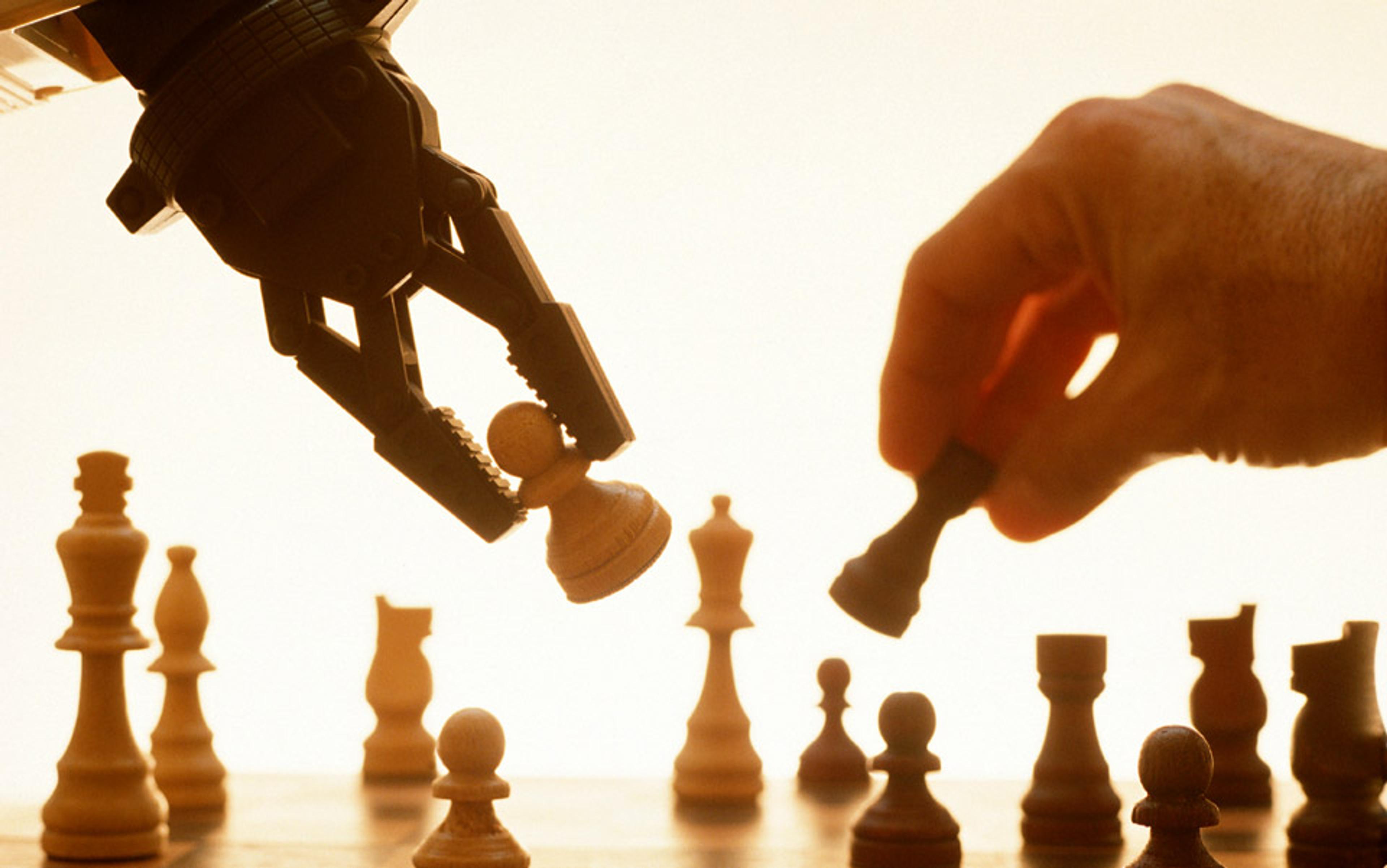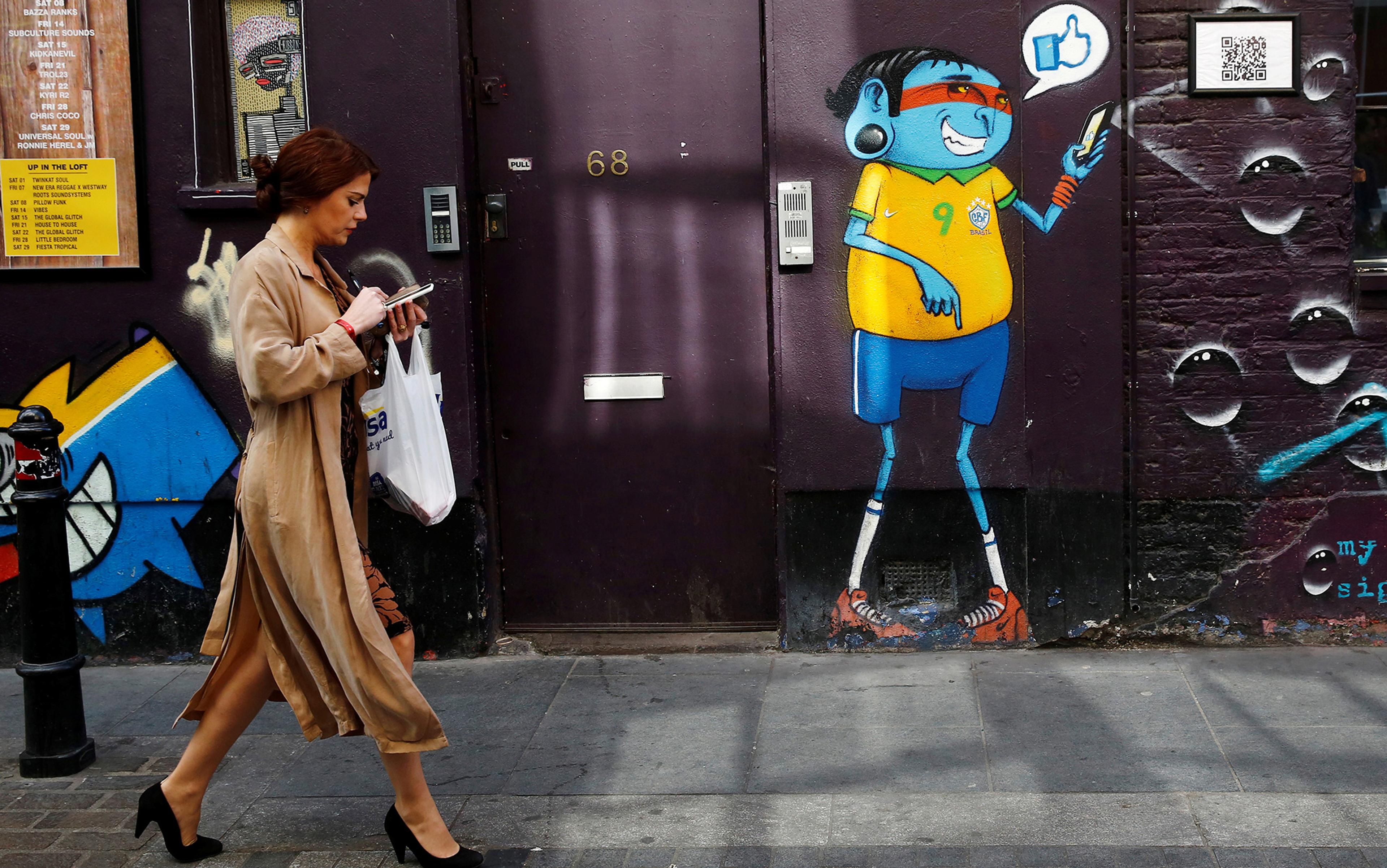Deep under the Disneyland Resort Hotel in California, far from the throngs of happy tourists, laundry workers clean thousands of sheets, blankets, towels and comforters every day. Workers feed the heavy linens into hot, automated presses to iron out wrinkles, and load dirty laundry into washers and dryers large enough to sit in. It’s loud, difficult work, but bearable. The workers were protected by union contracts that guaranteed a living wage and affordable healthcare, and many had worked decades at the company. They were mostly happy to work for Disney.
This changed in 2008. The union contracts were up, and Disney wouldn’t renew without adjustments. One of the changes involved how management tracked worker productivity. Before, employees would track how many sheets or towels or comforters the workers washed, dried or folded on paper notes turned in at the end of the day. But Disney was replacing that system with an electronic tracking system that monitored their progress in real time.
Electronic monitoring wasn’t unusual in the hotel business. But Disney took the highly unusual step of displaying the productivity of their workers on scoreboards all over the laundry facilities, says Austin Lynch, director of organising for Unite Here Local 11. According to Lynch, every worker’s name was compared with the names of coworkers, each one colour-coded like traffic signals. If you were keeping up with the goals of management, your name was displayed in green. If you slowed down, your name was in yellow. If you were behind, your name was in red. Managers could see the monitors from their office, and change production targets from their computers. Each laundry machine would also monitor the rate of worker input, and flash red and yellow lights at the workers directly if they slowed down.
‘They had a hard time ignoring it,’ said Beatriz Topete, a union organiser for Unite Here Local 11 at the time. ‘It pushes you mentally to keep working. It doesn’t give you breathing space.’ Topete recalled an incident where she was speaking to workers on the night shift, feeding hand-towels into a laundry machine. Every time the workers slowed down, the machine would flash at them. They told her they felt like they couldn’t stop.
The workers called this ‘the electronic whip’.
While this whip was cracking, the workers sped up. ‘We saw a higher incidence of injuries,’ Topete said. ‘Several people were injured on the job.’ The formerly collegial environment degenerated into a race. The laundry workers competed with each other, and got upset when coworkers couldn’t keep up. People started skipping bathroom breaks. Pregnant workers fell behind. ‘The scoreboard incentivises competition,’ said Topete. ‘Our human competitiveness, whatever makes us like games, whatever keeps us wanting to win, it’s a similar thing that was happening. Even if you didn’t want to.’
The electronic whip is an example of gamification gone awry.
Gamification is the application of game elements into nongame spaces. It is the permeation of ideas and values from the sphere of play and leisure to other social spaces. It’s premised on a seductive idea: if you layer elements of games, such as rules, feedback systems, rewards and videogame-like user interfaces over reality, it will make any activity motivating, fair and (potentially) fun. ‘We are starving and games are feeding us,’ writes Jane McGonigal in Reality Is Broken (2011). ‘What if we decided to use everything we know about game design to fix what’s wrong with reality?’
Consequentially, gamification is everywhere. It’s in coupon-dispensing loyalty programmes at supermarkets. Big Y, my local supermarket chain in Boston, employs digital slot machines at the checkout for its members. Winning dispenses ‘coins’ that can be redeemed for deals. Gamification is in the driver interfaces of Lyft and Uber, which give badges for miles driven. Gamification is the premise of fitness games such as Zombies, Run!, where users push themselves to exercise by outrunning digital zombies, and of language-learning apps such as Duolingo, where scoring prompts one to master more. The playground offices of Silicon Valley, complete with slides and ball pits, have been gamified. Your credit score is one big game, too.
But gamification’s trapping of total fun masks that we have very little control over the games we are made to play – and hides the fact that these games are not games at all. Gamified systems are tools, not toys. They can teach complex topics, engage us with otherwise difficult problems. Or they can function as subtle systems of social control.
Games are probably as old as the human species itself. Archaeologists have unearthed mancala-like boards made of stone in Jordan, dated to 6000 BCE. The application of games to serious matters has probably been with us almost as long. The Egyptian board game senet represented the passage of the ka (or vital spark) to the afterlife; its name is commonly translated as ‘the game of passing’. The Roman senatorial class played latrunculi, an abstract game of military strategy to train the mind and pass the time. Dice-based games of chance are thought to have originated with ancient divination practices involving thrown knucklebones. Native American ball games served as proxies of war and were probably crucial to keeping the Iroquois Confederation together. As many as 1,000 players would converge to play what the Mohawk game called baaga’adowe (the little brother of war).
The conflation of game and ritual is likely by design. The Dutch cultural historian Johan Huizinga observed in Homo Ludens (1938) that both invoke a magic circle, a time and place outside of the norms of reality. During play, as during ritual, new rules supersede the old. Players are not tried as thieves for ‘stealing’ a base in baseball. The Eucharist doesn’t literally become flesh during Catholic transubstantiation rituals. Through play and games, Egyptians could metaphorically engage with the afterlife without the inconvenience of dying.
An important aspect of early games was that they were still limited in size and scope. One-thousand-player stickball games between whole villages were a rarity. We don’t see the emergence of anything analogous to modern gamification until the 18th century when Europe underwent a renaissance of games and game design. In 18th-century Paris, Rome, Vienna and London, an international leisure class emerged that communicated across national and linguistic divides through the medium of games. For example, one of the earliest four-person card games in Europe was ombre – from el hombre (the man) – which originated in 16th-century Spain. The game didn’t become known outside Spain until almost the end of the 17th century, with the marriage of Maria Theresa of Spain to Louis XIV of France. Within a few years, the game spread across the continent and was playable in the courts and salons of every capital in Europe.
The spread of ombre coincided with a boom in games and game culture in Europe. Abraham and David Roentgen became a father-and-son pair of rockstars for building foldable game-tables that could be rearranged to suit everything from backgammon to ombre. Play rooms appeared in the homes of the aristocracy and emergent bourgeois. Books of rules such as Pleasant Pastime with Enchanting and Joyful Games to Be Played in Society (1757) were translated into multiple languages. The Catholic Church got in on the act with the liberalisation of lottery laws by popes Clement XII and Pius VI. In the 1750s, the Swiss mathematician and physicist Daniel Bernoulli even declared: ‘The century that we live in could be subsumed in the history books as … the Century of Play.’
The use of immersive game mechanics was promoted as a way of ‘hacking happiness’
In the mid-18th century, Gerhard Tersteegen, an enterprising priest, developed the ‘Pious Lottery’, a deck of 365 cards with various tasks of faith. ‘You’d read a prayer straight from the card,’ explains the historian Mathias Fuchs of Leuphana University in Germany. It is reminiscent of modern mindfulness or religious apps that attempt to algorithmically generate spiritual fulfilment.
Soon, 18th-century musicians were incorporating the logic of game design into their music through randomised card- or dice-based systems for musical composition. Johann Sebastian Bach’s student Johann Philipp Kirnberger, and second son, Carl Philipp Emanuel Bach, both wrote musical composition games – respectively, ‘The Ever-Ready Minuet and Polonaise Composer’ and ‘A Method for Making Six Bars of Double Counterpoint at the Octave Without Knowing the Rules’ (Musikalisches Würfelspiel), which was also attributed to Mozart. These games asked erstwhile composers to roll a pair of dice to randomly select pre-written measures for minuets. According to one estimate, Mozart’s game features 1.3 x 1029 possible combinations. Players would stitch measures of music together in the order rolled to compose a final product, in essence enacting an algorithm. In a way, these resemble modern musical rhythm games such as Guitar Hero that provide the illusion of musical mastery for the sake of entertainment.
It’s not clear what ended the century of play. Perhaps the rococo play culture of the 18th century ended with the wars and nationalistic fervour of the 19th. Fuchs suggests the French Revolution of 1789 as the likely cause. What’s clear is that the centrality of games as a cultural force wouldn’t reach 18th-century levels of saturation until the development of computers.
By the end of the 20th century, video and then computers became more ubiquitous and user-friendly, and digital games rose in scale and scope. To make computers more accessible, human-computer interface designers borrowed elements from early video games. Graphical user interfaces replaced code. Games and gamers became distinct subsets of the computer software and computer hobbyist landscapes. Because the first computer games were experiments in software design, computer and hobby magazines regularly printed and distributed lines of code. Programs, including games, were freely available to remix and experiment on. Importantly, this hobbyist culture, while not a utopia of gender equality, was not strictly male-coded initially.
As software development became more corporate, and the user experience more centralised, the discourse shifted away from the quality of the software to gameplay and user experience. Game development corporations seized on a booming market, cultivating gamers as a distinct category of consumer, and focusing on white, adolescent and teenage boys. Jennifer deWinter, a video-game scholar at Worcester Polytechnic Institute in Massachusetts, refers to this as the construction of technomasculinity. ‘It takes over the ideology of what it takes to be a successful man … the gamer identity was constructed for them to consume as white, male and tech-savvy,’ she explains. The workers of the future would be gamers.
By 2008, the gamification of work felt absolutely natural to a generation of people raised on ubiquitous digital technology and computer games. Tech startups were faced with the challenge of attracting and retaining users. Game designers and marketers including Jane McGonigal and Gabe Zichermann promoted the use of immersive game mechanics as a way of ‘hacking happiness’ and building user engagement at summits, speeches and TED talks. By 2010, interest in gamification intensified with the success of the social network game FarmVille, which seemed to have solved the problem of user retention and engagement. Marketers and consultants were quick to seize on gamification as a tool to create customer loyalty and manage human desire. They sought to capitalise on the ‘addictive fun’ of gambling and games by introducing ‘pseudo-goals’ unrelated to the primary goals of either the consumer or the business in question. Game design elements such as badges, points, scoreboards and progress-tracking proliferated across different platforms, apps and workspaces. In doing so, they unknowingly borrowed from the Pious Lottery. Saying a Hail Mary or going to church because of a game isn’t necessarily aligned with the goal of eternal salvation, in much the same way as buying blood oranges for loyalty points isn’t really the goal of grocery shopping.
This brings us back to the electronic whip; Disney was hardly alone. The US retail giant Target implemented the Checkout Game which tracked and scored the speed of minimum-wage checkout clerks. The clerks could see themselves scored in real time on their point-of-sale computers. The US ice-cream parlour chain Cold Stone Creamery marshalled the power of games to teach workers how to be expert ice-cream mixers with the game Stone City, which uses motion controls to teach people how to ‘feel’ out the correct scoops. The game calculates how large the scoops are in relation to the optimal sizes, and then tells the players how much their over-scoops cost the store. Workers were asked to download the game and play it in their off-hours.
Amazon has also bought big into gamifying work. Warehouse workers are subject to scoreboards that display the silhouettes of workers who were caught stealing, what they were caught stealing, and how they were caught. Their productivity is monitored by handheld devices that scan and locate products. If their productivity drops, workers are disciplined with points on a scorecard. As in golf, more points is bad. Accrue enough points, and the worker is fired. White-collar workers too are scored and ranked by digital metrics, and by their peers and bosses. Until 2016, the bottom scorers were fired in what’s called ‘rank and yank’ by the employees.
Through gamified technology, corporations such as Amazon and Disney now have an unprecedented level of control over the individual bodies of their employees. Steve Sims, a vice-president at the gamification firm Badgeville, now CallidusCloud, in California said: ‘We like to think of it as behaviour management.’ In other words, how to get other people to do more stuff, more often.
Managers don’t need to follow workers with stopwatches. It’s micromanagement with unprecedented granularity
This kind of micromanagement resembles Taylorism, a system developed by the American engineer Frederick Winslow Taylor during the 1890s to codify the movements and habits of mind that led to productivity. To eliminate inefficiency and waste, Taylor followed around the ‘most productive’ factory workers, recording the timing of all their movements with a stopwatch. He set managers, similarly armed with stopwatches, to micromanage every detail of a job. Taylor was also famous for fudging his numbers in favour of speed-driving workers to exhaustion and, in some cases, to strike.
But the modern gamified workplace enables control beyond Taylor’s wildest dreams. Games are sets of rules prescribing both actions and outcomes. A gamified workplace sets not just goals for workers but precisely how those goals can be achieved. Managers don’t need to follow workers with stopwatches. They can use smartphones or apps. It’s micromanagement with unprecedented granularity. ‘This is Taylorism 2.0,’ according to the media expert Steven Conway of Swinburne University of Technology in Australia. ‘Activities are more rigidly defined and processed than ever.’ The gamified workplace is not a game in the original sense, nor does it cultivate playful ends.
The problem of the gamified workplace goes beyond micromanagement. The business ethicist Tae Wan Kim at Carnegie Mellon University in Pittsburgh warns that gamified systems have the potential to complicate and subvert ethical reasoning. He cites the example of a drowning child. If you save the child, motivated by empathy, sympathy or goodwill – that’s a morally good act. But say you gamify the situation. Say you earn points for saving drowning children. ‘Your gamified act is ethically unworthy,’ he explained to me in an email. Providing extrinsic gamified motivators, even if they work as intended, deprive us of the option to live worthy lives, Kim argues. ‘The workplace is a sacred space where we develop ourselves and help others,’ he notes. ‘Gamified workers have difficulty seeing what contributions they really make.’
The problem isn’t limited to work. Social platforms all employ some form of gamification in their stats, figures, points, likes and badges. Dating apps gamify our romantic life; Facebook gamifies friendship.
Even war has been gamified: drone pilots operate in a highly gamified environment. Foeke Postma, a researcher and programme officer at the Dutch peace organization PAX, says that drone warfare often takes the shape of a game, right down to the joysticks or PlayStation-like controllers that the pilots use. ‘The US Airforce and the Royal Air Force have specifically targeted gamers to recruit as drone operators,’ he explains. The US drone program also employs game-like terminology when discussing targets. High-value assassination targets are called ‘jackpots’. Anyone caught near a jackpot during an airstrike is called ‘bugsplatter’. When drone pilots retire or transfer, they’re given a scorecard of kills. Postma says that this framework risks the total dehumanisation of the targets of drone warfare. In an interview with The Guardian, a drone pilot said: ‘Ever step on ants and never give it another thought?’
Mistaking games for reality is ultimately mistaking map for territory
The expansion of game-like elements into nongame spaces is a global phenomenon. We are all living in expanding, overlapping magic circles, with some places moving faster than others. China is introducing a national, gamified social credit score through public-private partnerships. Eight credit scoring systems have been granted charters and each has a share of the national credit system. One social credit system ranks you based on how well you repay loans, the scores of your friends, where you shop and what you post to social media. This ranking determines whether you can receive loans or obtain a visa. In the US, the more limited FICO score can determine whether you get an apartment, a car, or a job.
The 20th-century French philosopher Michel Foucault would have said that these are technologies of power. Today, the interface designer and game scholar Sebastian Deterding says that this kind of gamification expresses a modernist view of a world with top-down managerial control. But the concept is flawed. Gamification promises easy, centralised overviews and control. ‘It’s a comforting illusion because de facto reality is not as predictable as a simulation,’ Deterding says. You can make a model of a city in SimCity that bears little resemblance to a real city. Mistaking games for reality is ultimately mistaking map for territory. No matter how well-designed, a simulation cannot account for the unforeseen.
A prime example of gamification gone awry is Go365, a health app introduced in 2017 by the Public Employees Insurance Agency (PEIA) in West Virginia and the Humana health insurance company. The app was presented as a motivating tool and game, not unlike smartphone fitness apps. Go365’s advertisements featured white, upper-middle-class joggers and attractively dishevelled soccer moms buying carrots. The app tracked physical activity, steps and location. It also allowed users to give more sensitive information to Humana, such as blood glucose levels, sleep cycle, diet and the results of doctor’s visits. Users were asked how often they drank and whether they smoked. Family medical histories were probed. The app awarded points, sets milestones and gave rewards for participation in the form of ‘Bucks’ that could be redeemed for gift cards. The agency claimed that the app was voluntary, but failure to accrue enough points (and to increase points annually) meant an extra $500 in premiums and an additional $1,000 on top of existing deductibles. That might not sound like a lot, but most teachers and support staff in West Virginia make less than $40,000 a year. Many have second jobs. Many more are elderly or have chronic illnesses.
The legislature gave no option but to play Go365 – but how teachers were supposed to play was another matter. ‘It was the cherry on top of a shit sundae,’ said Michael Mochaidean, a teacher and organiser in West Virginia. The teachers didn’t want to give up sensitive medical data. They didn’t want their locations tracked. After years of funding cuts to the PEIA, they saw the app as a way to kick teachers off their healthcare altogether.
Enraged, the teachers of West Virginia took to Facebook. They complained, they organised, and in March of 2018 thousands of them descended on the capitol in Charleston in a wildcat strike. After years of low pay and slashed benefits, their dissatisfaction had finally crystallised around the imposition of Go365. They would not participate in the game. By the end of the strike, the teachers had won a pay raise, and forced West Virginia to end its contract with Humana. Go365 was phased out. The teachers had sent a message to their bosses. Neither their work nor their health was a game.






